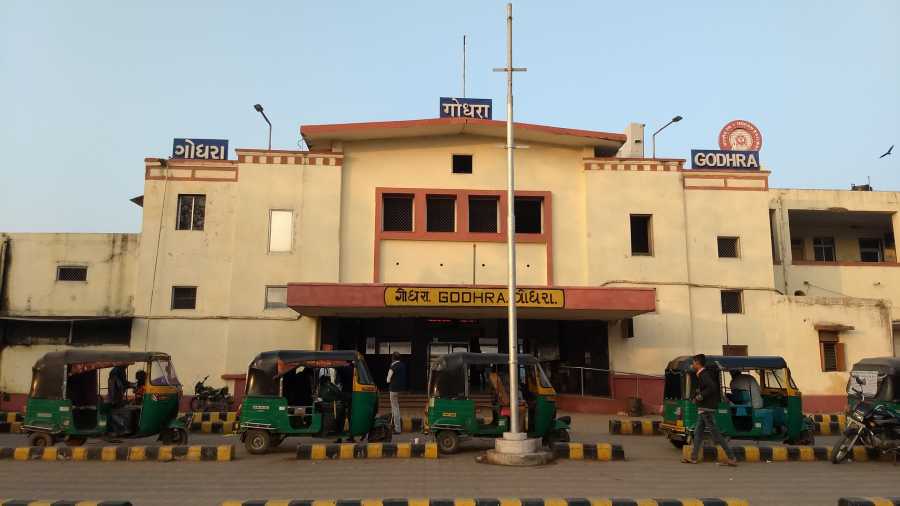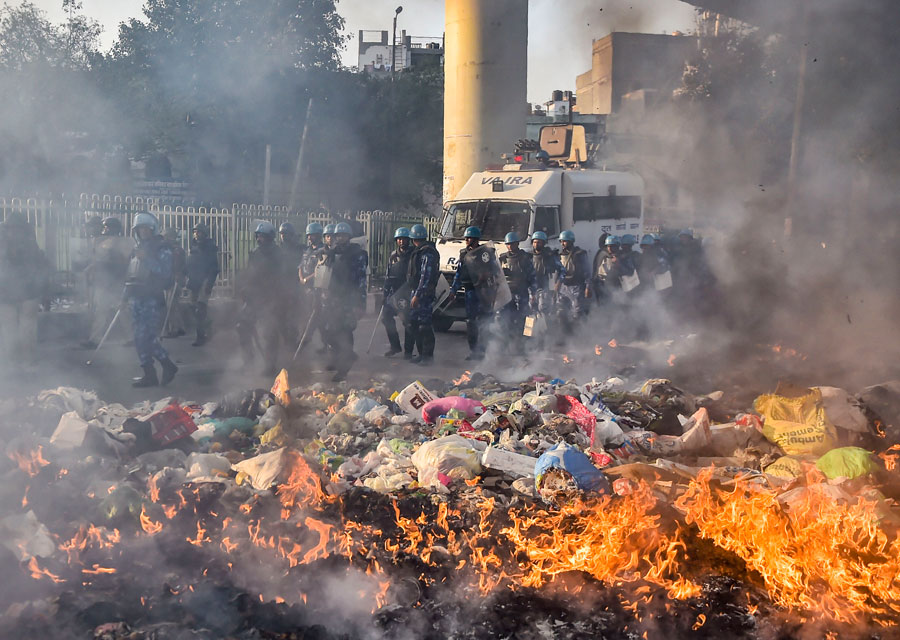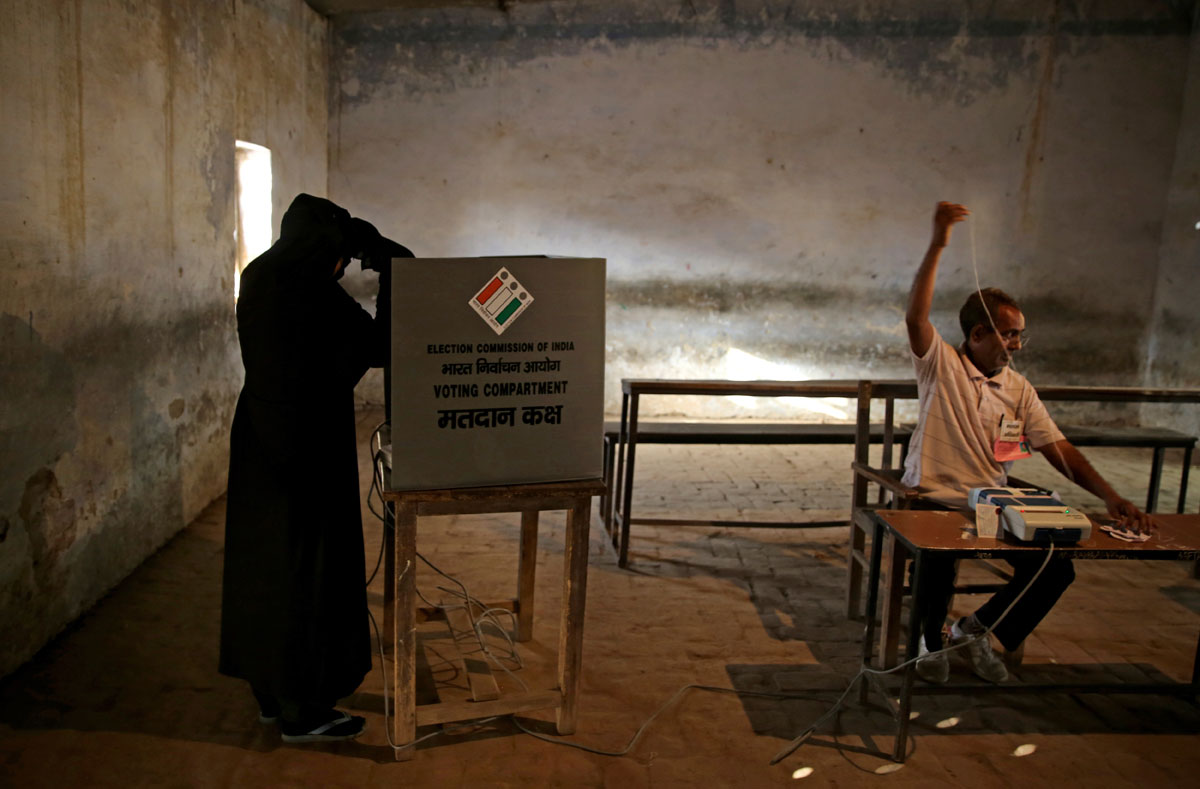I had barely entered college in 2002, when the Godhra train burning happened. I was returning to Vadodara from Anand the day after the massacre. I can still remember the smoke-filled sky above the Vadodara railway station. My elder brother risked his life and escorted me home.
There had been communal riots in Godhra even before Independence. This rusty town in Panchmahal district of eastern Gujarat, relatively unheard of before the 2002 massacre, has been home to Hindus and Muslims, almost in equal numbers, for the longest time. Godhra has always struggled to maintain equilibrium. In a speech at the first Gujarat Political Conference held at Godhra in 1917, Mohandas Karamchand Gandhi said, “I have just returned from the scene of Bakr-Id riots. For a trivial cause, the two communities fell out with each other, mischievous men joined in the fray and a mere spark became a blaze.”
And yet Godhra is way more than the sum of its communal conflicts. It has a history of hosting characters and events on its soil, such that changed the course of India’s destiny.
In the last decade of the 19th century, a photographer named Dhundiraj Phalke arrived in Godhra and started his studio on Gidwani Road. In the plague of 1900, he lost his wife and child and left town forever. His photographs, however, endured. I have a friend from Godhra’s Desai family whose ancestors have photographs taken by this Marathi gentleman. Phalke went on to be known as Dadasaheb Phalke, the father of Indian cinema. His Raja Harishchandra is perhaps the only film Gandhi ever saw.
Gandhi and Godhra are linked in many ways. It was in Godhra in November 1917 that Gandhi addressed a crowd of farmers, petty traders and small landlords at the first Gujarat Political Conference. Bal Gangadhar Tilak and Muhammad Ali Jinnah shared stage with Gandhi and all of them raised the demand for Swaraj from this very platform.
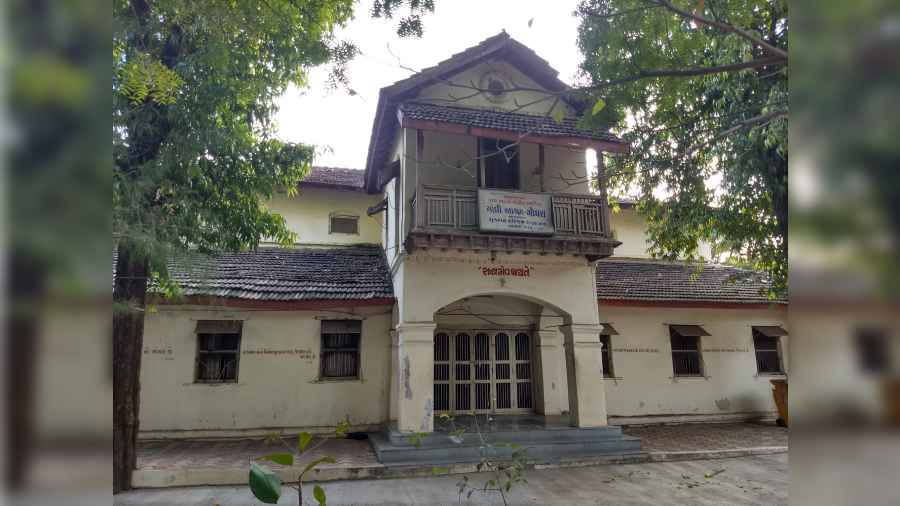
Godhra Gandhi Ashram Mehul Devkala
Vallabhbhai Patel, who started law practice from Godhra court in 1900, met Gandhi at this very conference, got influenced, gave up his lavish lifestyle and decided to join the freedom struggle. And it was again here that Mahadev Desai, who went on to become Gandhi’s closest associate and confidant, decided to join him. This was also the event where Gandhi egged Jinnah on to address the local people in his and their mother tongue Gujarati.
Later, Gandhi thanked Jinnah in his speech, saying, “Mr Jinnah has laid me under an obligation by agreeing to my suggestion. He is at present a member of the Imperial Legislative Council. But, at no distant date, he will have to approach Hindus and Muslims, Ghanchis, Golas and others not knowing English for votes. He should, therefore, learn Gujarati if he does not know it.”
In his book Gandhi: The Man, His People, and the Empire, Rajmohan Gandhi writes, “The anglicised Jinnah unwillingly stammered out a speech in Gujarati. The pressure that Gandhi applied in Godhra would remain an unpleasant memory for Jinnah.”
Abbas Tyabji, the grand old man of Gujarat whose contribution to the freedom struggle has been largely forgotten, attended the Social Conference at Godhra. The conference took place parallel to the Political Conference. Its aim was to create an amalgam between the so-called upper-caste Hindus and “untouchables”. After attending the Social Conference, Tyabji became a staunch follower of Gandhi.
Gandhi writes in his autobiography that it was under Tyabji’s influence that Gujarat embraced the Non-Cooperation Movement well before the Congress as a whole did so.
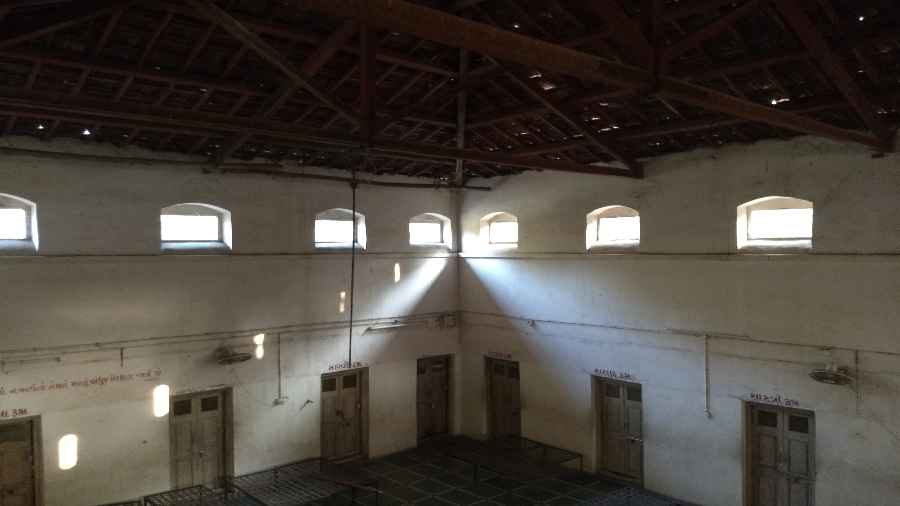
Godhra Gandhi Ashram from inside. Mehul Devkala
Tyabji also supported Patel during the Bardoli Satyagraha. On the last day of the conference, Gandhi decided to visit the people of Godhra’s Mahar compound. The compound was home to those who belonged to the lower echelons of the caste system, the same who have been referred to as antyaj or Harijan or untouchables at different points of time. Gandhi said, “I don’t believe the Political Conference or the Social Conference succeeded in proving that God exists everywhere, but here He is certainly present. Where there is hypocrisy, falsehood, inequality and the notion that certain persons may not be touched, Vishnu, Khuda or Rasool cannot be present.”
When the periodical Gujarati criticised Gandhi’s speeches at the Antyaj Conference, he wrote them a letter titled “A stain on India’s forehead”. It read: “The custom of untouchability is, of course, to be condemned altogether. It is because of it that, now for two thousand years, Hinduism has been burdened with a load of sin in the name of religion. I call such orthodoxy hypocrisy. You will have to free yourself of this hypocrisy; the penance for it you are already undergoing. It is no good quoting verses from Manusmriti and other scriptures in defence of this orthodoxy. A number of verses in these scriptures are apocryphal; a number of them are quite meaningless.”
I visited Godhra’s Gandhi Ashram this January. It was founded by Gandhi the same year that the Gujarat Political Conference was held. Vitthal Phadke, popularly known as Mamasaheb Phadke, took up the responsibility of working for the betterment of the “untouchables” of Godhra and surrounding areas. Gandhi was in touch with Mamasaheb and the ashram’s activity well into his final years.
Godhra’s Gandhi Ashram is mostly unknown outside Gujarat. It remains outside the tourism map of the Gujarat government. Jawaharlal Nehru visited the ashram in 1949 and unveiled Sardar Patel’s bust in the course of that visit. Morarji Desai, who later went on to become the first non-Congress prime minister, accompanied Nehru.
Godhra was also a turning point in Morarji Desai’s life. He started his career as deputy collector from Godhra and resigned in 1930 after arbitrary allegations of going soft on the Hindu community during the riots. He later joined the freedom struggle.
Visiting the Gandhi Ashram of Godhra a few days ahead of the 20th anniversary of the Godhra massacre was an unsettling experience. I was standing at the very place from where Gandhi had raised a call for Hindu-Muslim unity more than a century ago. I was looking at a frail old man, probably a Dalit, sweeping the ashram premises.
Gandhi always thought of that last person standing in the queue. We are celebrating Azadi Ka Amrit Mahotsav this year. But did we build the India of Gandhi’s dreams?

